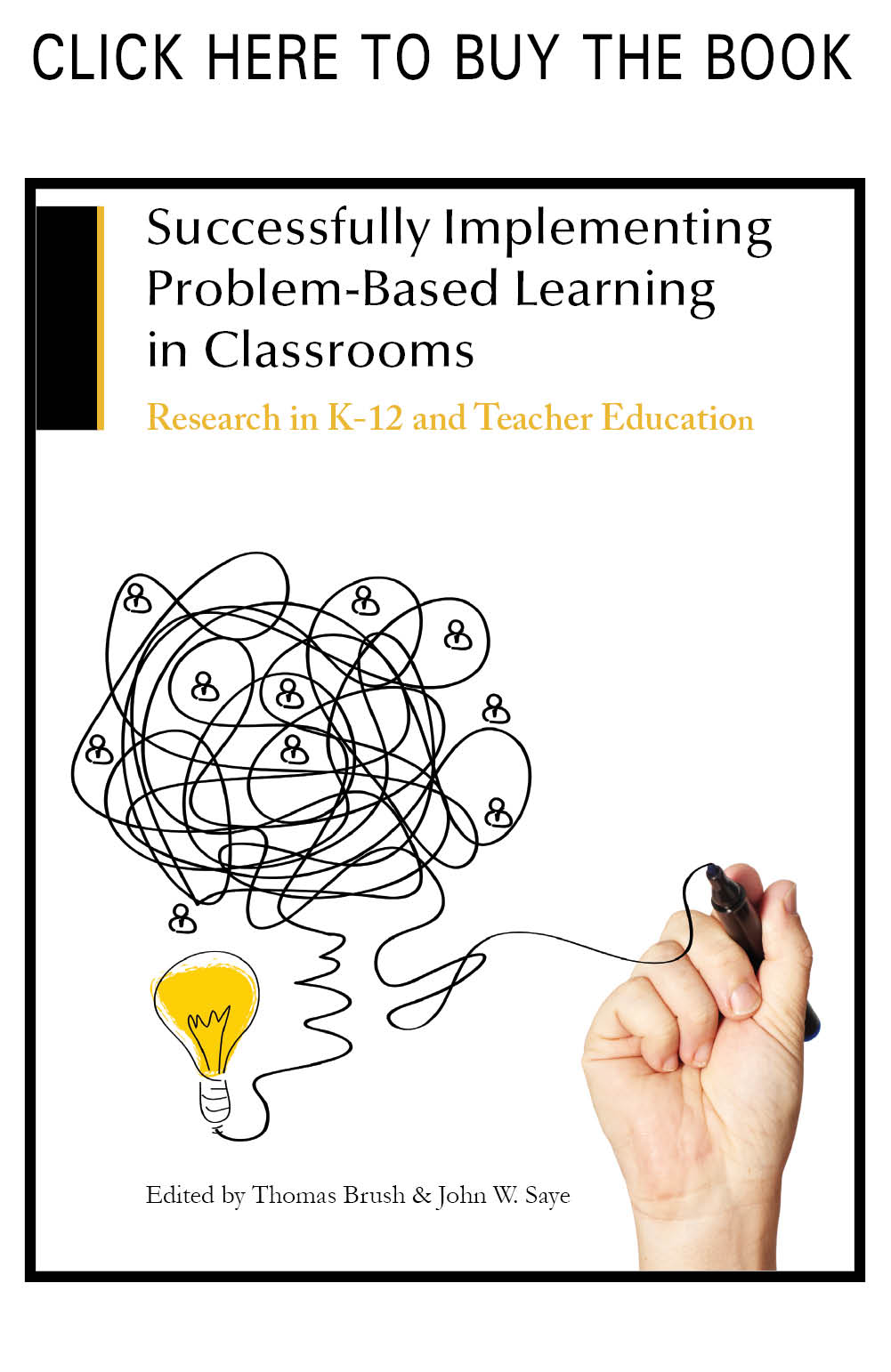Abstract
In the context of a 10-day summer camp makerspace experience that employed design-based learning (DBL) strategies, the purpose of this descriptive case study was to better understand the ways in which children use visualization skills to negotiate design as they move back and forth between the world of nondigital design techniques (i.e., drawing, 3-D drawing with hot glue, sculpture, discussion, writing) and digital technologies (i.e., 3-D scanning, 3-D modeling, 3-D printing). Participants included 20 children aged 6–12. This research was guided by Vossoughi, Hooper, and Escudé’s (2016) call for explicit attention to pedagogical practices during the integration of “making” activities. Content analysis was used to analyze qualitative data, including observation, researcher/facilitator field notes, think aloud protocols, daily reflective exit tickets, and participant artifacts. Findings highlight the ways in which participants negotiated visualization skills through (a) imagining, drawing, and seeing through creating 2-D sketches, (b) reasoning and relating through writing stories, (c) transforming through 3-D extrusion, (d) observing and noticing through 3-D sculpting and 3-D scanning, and (e) manipulating through digital 3-D modeling, mental rotation, and mental transformation. Implications for formal K–12 educational contexts and teacher preparation programs are discussed.
Recommended Citation
Smith, S.
(2018). Children’s Negotiations of Visualization Skills During a Design-Based Learning Experience Using Nondigital and Digital Techniques. Interdisciplinary Journal of Problem-Based Learning, 12(2).
Available at: https://doi.org/10.7771/1541-5015.1747
Included in
Curriculum and Instruction Commons, Elementary Education Commons, Teacher Education and Professional Development Commons




